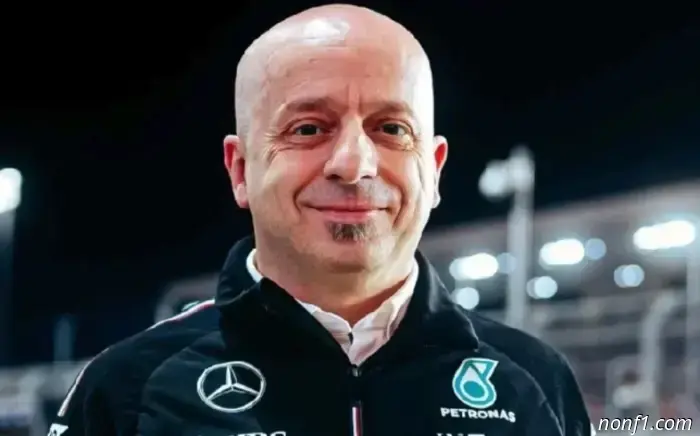
Simone Resta on his work in the Mercedes team
Simone Resta's career in Formula 1 began in the late 90s at Minardi, then in 2001 he moved to the Ferrari design department and in 2014 he took up the position of chief designer. Then he was the technical director of Alfa Romeo-Sauber, headed the engineering department of Haas F1, and since this year he has been working at Mercedes as deputy technical director.
"During my career, I had to solve a dilemma more than once, think about what I was doing, but when an inner voice starts insistently saying that it's time to change jobs, I did it," said the 54–year-old Italian specialist, taking part in the next edition of the podcast Beyond the Grid, the official website of the championship. – I really like working at Mercedes, we made a significant step forward in the winter off-season!
Of course, this is still not enough, we are trying to achieve more, and since the refinement of power plants is frozen, we are upgrading everything else. First of all, we work with aerodynamics, with the undercarriage, etc. I believe that at some point last year, the team's specialists realized what the main problems were that prevented them from showing high results; Mercedes decided on the direction of chassis modernization, and we continue to move in this direction.
Now we are trying to apply a balanced approach and simultaneously fine-tune this year's car and prepare for 2026, but since we are, of course, limited in resources, we need to properly allocate them between the two projects. I'm focusing my efforts primarily on working with the 2025 chassis, and James Ellison is mainly working on the 2026 project.
The racers are already very actively working with the virtual model of the future car in the simulator, but, of course, we still have to understand how the new generation of technology will behave on a real track. There is a lot of work to be done, including understanding the specifics of the new technical regulations. But so far, all this is at a very early stage.
I only met George Russell six months ago, and now, as the more experienced rider of the team, he has risen to a higher level, and his task is also to help Kimi Antonelli develop professionally. And George is doing a great job of it all.
And Kimi is very young, he's only 18 years old, just like my son, but he's also proven himself very well. He is a very talented racer, but he works very calmly while piloting. Of course, he understands that he still has a lot to learn, and he is progressing very quickly.
For a while, there were no Italian drivers in Formula 1 – before Kimi, it was Antonio Giovinazzi, whom I worked with at Alfa Romeo-Sauber, but Antonelli is the first in many years to drive a car that allows you to fight for victories and podiums. I think the Italian fans will be more and more happy as Kimi's results grow."
Over the years, Resta has worked with many great drivers in different World Championship teams: Michael Schumacher, Fernando Alonso, Sebastian Vettel, Lewis Hamilton, and Charles Leclair. And he knows what distinguishes outstanding racers from just good professionals:
"I guess all the racers I've worked with had their own characteristics. It is impossible to single out any one characteristic that helped them achieve success. But at the same time, there are riders who are able to cope with the disadvantages of the car, even if it does not have a perfect balance. But others are hindered by these problems, they cannot get around them, and this affects their speed.
From my point of view, the skill level of the racers is indicated by the ability to cope with problems when, no matter what, they make full use of the car's potential. And there are also drivers who have a strategic vision: during the Grand Prix, they predict the development of events and influence the choice of tactical decisions. For me, both of these qualities are signs of a rider's comprehensive professional training.
After all, it's not just about completing a lap quickly in qualifying: it's important to take an integrated approach and avoid mistakes, even if the race is taking place in difficult conditions. For example, there are racers who are excellent pilots on wet asphalt, show high results, and it seems that in these conditions they drive faster than on a dry track. This is also a sign of high skill."
Other articles
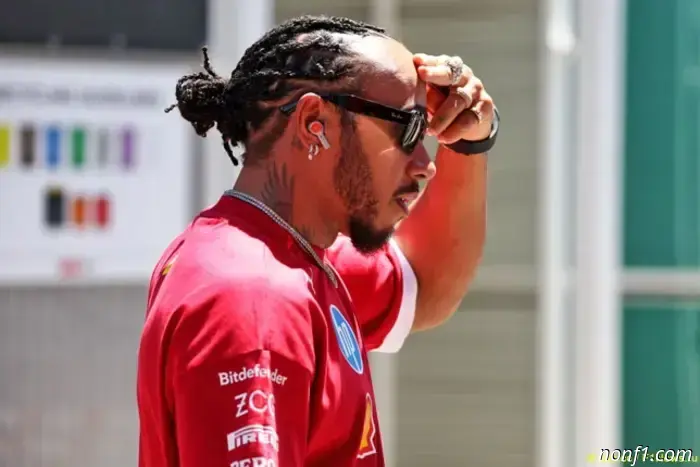 Lewis Hamilton Denies Problems with Race Engineer
In Monaco, Lewis Hamilton received a penalty for losing positions at the start of the race, hindering Max Verstappen due to a misunderstanding with his race engineer. During the race, the misunderstanding between them slipped on the air several more times, and this led to speculation that they were unable to find a common language.
Lewis Hamilton Denies Problems with Race Engineer
In Monaco, Lewis Hamilton received a penalty for losing positions at the start of the race, hindering Max Verstappen due to a misunderstanding with his race engineer. During the race, the misunderstanding between them slipped on the air several more times, and this led to speculation that they were unable to find a common language.
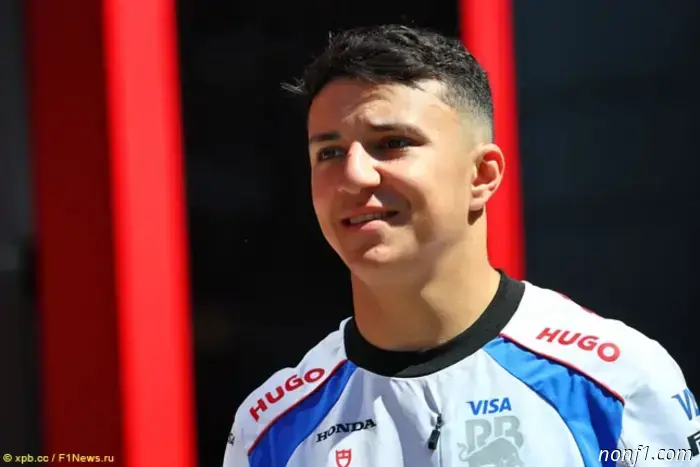 Hajjar: Liam did a fantastic job in Monaco.
In Monaco, for the first time this season, the Racing Bulls team scored points with two cars. In many ways, this became possible due to the fact that Liam Lawson restrained his rivals, giving his teammate the opportunity to create sufficient groundwork for a pit stop without losing positions.
Hajjar: Liam did a fantastic job in Monaco.
In Monaco, for the first time this season, the Racing Bulls team scored points with two cars. In many ways, this became possible due to the fact that Liam Lawson restrained his rivals, giving his teammate the opportunity to create sufficient groundwork for a pit stop without losing positions.
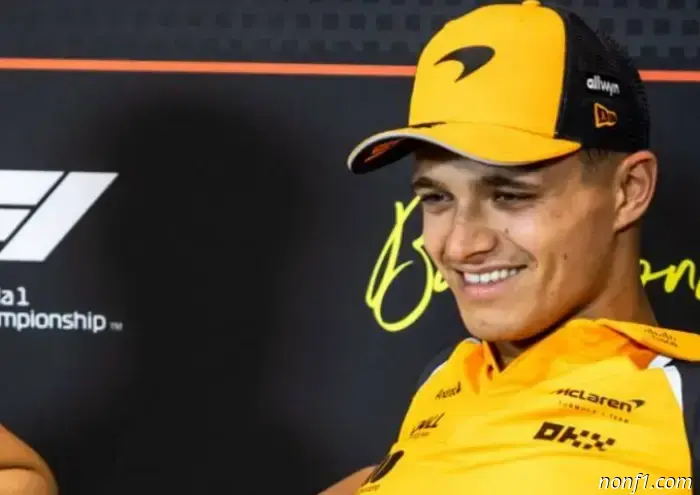 Norris: The dinner at Prince Albert's ball was wonderful!
Lando Norris arrived in Barcelona after his victory in Monaco, and, of course, most of the questions that journalists asked him today were somehow related to this achievement and its impact on the mood of the British McLaren driver...
Norris: The dinner at Prince Albert's ball was wonderful!
Lando Norris arrived in Barcelona after his victory in Monaco, and, of course, most of the questions that journalists asked him today were somehow related to this achievement and its impact on the mood of the British McLaren driver...
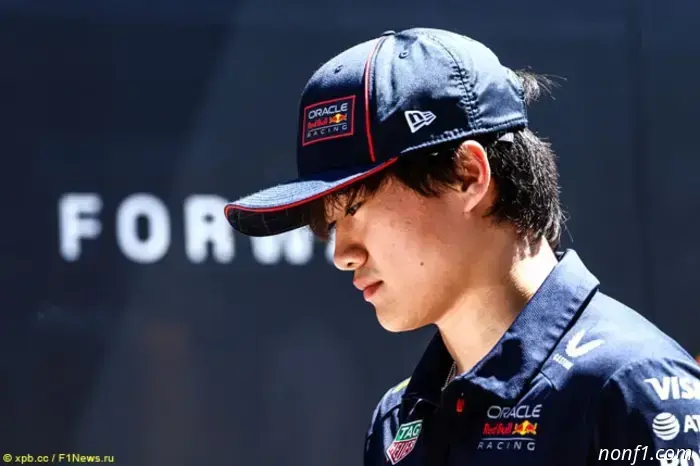 Tsunoda: Over time, I will understand the features of the Red Bull car.
Yuki Tsunoda has completed six stages as a member of Red Bull Racing. The Japanese driver's results are still far from those of his teammate Max Verstappen, but Tsunoda remains optimistic.
Tsunoda: Over time, I will understand the features of the Red Bull car.
Yuki Tsunoda has completed six stages as a member of Red Bull Racing. The Japanese driver's results are still far from those of his teammate Max Verstappen, but Tsunoda remains optimistic.
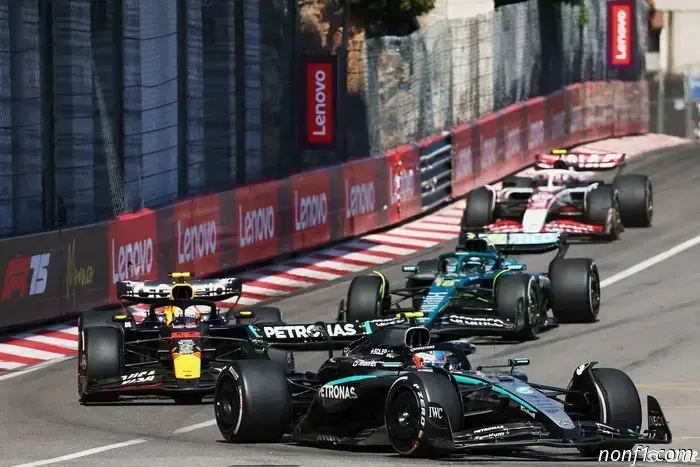 F1, Monaco, 'discussing' the issues related to the Monaco GP.
Formula 1 | Stefano Domenicali acknowledges that discussions are taking place regarding the issues surrounding the Monaco GP, despite the disappointing and uneventful nature of the 2024 race on (...)
F1, Monaco, 'discussing' the issues related to the Monaco GP.
Formula 1 | Stefano Domenicali acknowledges that discussions are taking place regarding the issues surrounding the Monaco GP, despite the disappointing and uneventful nature of the 2024 race on (...)
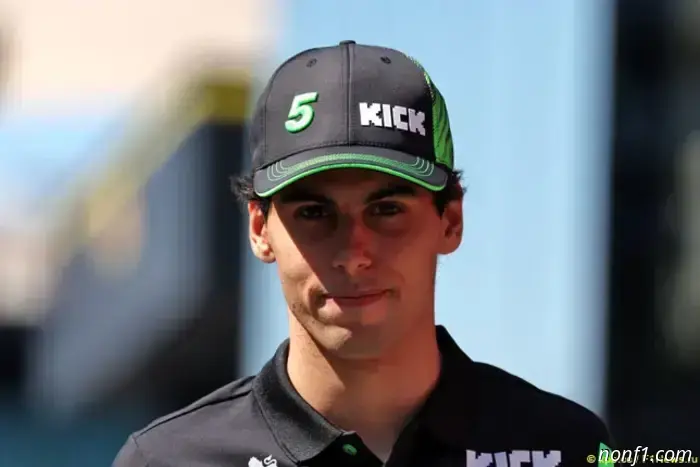 Bortoleto: My words about Kimi were misunderstood
On the first lap of the Monaco Grand Prix, Kimi Antonelli overtook Gabriel Bortoleto so much that the Brazilian rider rested his front wing against the protective barrier. When the race engineer informed Gabriel on the radio that the stewards had decided not to fine Kimi, Bortoleto replied: "Next time, I'll send him to the wall."
Bortoleto: My words about Kimi were misunderstood
On the first lap of the Monaco Grand Prix, Kimi Antonelli overtook Gabriel Bortoleto so much that the Brazilian rider rested his front wing against the protective barrier. When the race engineer informed Gabriel on the radio that the stewards had decided not to fine Kimi, Bortoleto replied: "Next time, I'll send him to the wall."
Simone Resta on his work in the Mercedes team
Simone Resta, a specialist with almost 30 years of experience, now works at Mercedes as deputy technical director and, taking part in the podcast Beyond the Grid, talked about what he is doing this year...
